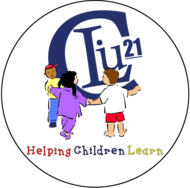Three Branches of Government
(View Complete Item Description)Our founding fathers were worried about the possibility of tyranny coming to the United States of America. For this reason, they set up a system of government where power could be evenly distributed among three branches: the Legislative Branch, the Executive Branch, and the Judicial Branch. By the end of this seminar, you will be able to compare the three branches of government and explain how each branch depends on the other to provide governance to the United States.Standards5.3.4 A - Identify the roles of the three branches of government.
Material Type: Lesson Plan



















